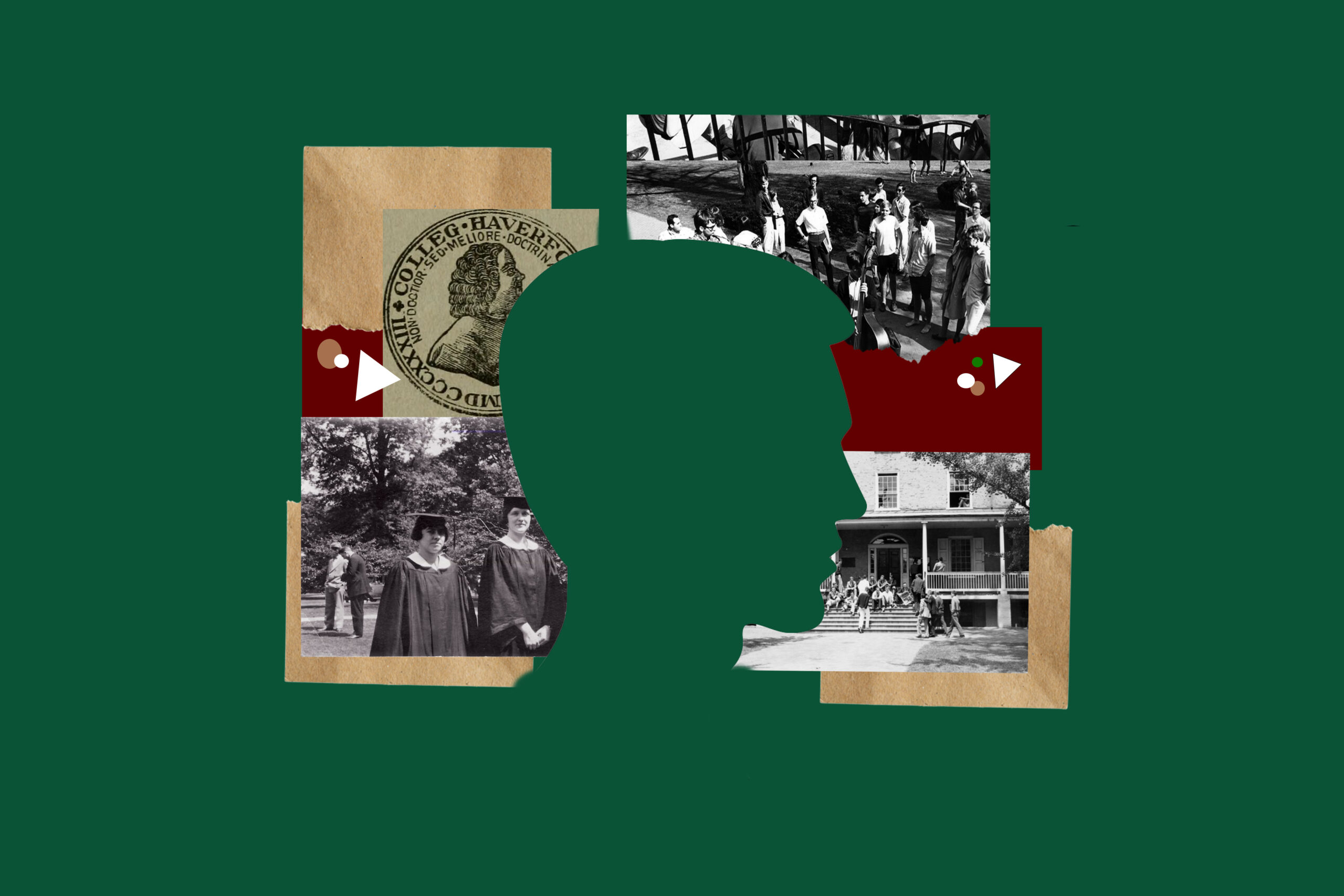Colleges often see low-income students as those who lack—lack resources, connections, or the right background. But the five Chesick Scholars I spoke with, who shared their stories anonymously, told a different story. They are not just getting by; they are building their own networks, rewriting the rules of belonging, and proving that strength comes from within themselves rather than privilege.
When I asked members of Haverford’s Chesick Scholars Program how they navigated an often exclusionary college environment, their stories revealed something more complex than the usual narrative of struggle. Johana, a full scholarship recipient, admitted she initially felt like an outsider at what she called a “privileged white institute.” Yet, she credited the Chesick community with fostering a sense of belonging.
“There was a Chesick student everywhere,” she said. “Someone I knew I could trust or reach out to.”
Her experience, echoed by others, challenges the common portrayal of low-income students as simply struggling to keep up. Too often, discussions focus on what these students lack—money, connections, or the right background. They are seen as outsiders trying to fit in, constantly playing catch-up.
But that is only part of the story. In reality, they are doing something much bigger. Instead of just getting by, they are creating their own support systems, sharing knowledge, and lifting each other up. The five Chesick Scholars I spoke with described not just their challenges but the ways they have built strength through community. For them, success in college means not fitting in but standing out.
Building Community
For many low-income students, stepping onto an elite college campus feels like arriving in a world that was never meant for them. The unspoken rules, the casual conversations about expensive vacations, even the choice between an iPhone and an Android can highlight just how different their backgrounds are from their wealthier peers.
Ivana, an international student from a former industrial town, felt this divide immediately. “You can’t have a dialogue [when] one person has been privileged their entire life, and the other person has been oppressed,” she said. It was not just the academic challenges but the social landscape that made her feel out of place.
But for many, this feeling of alienation becomes the foundation for something powerful: community. Programs like Chesick do more than provide academic support—they connect students with one another, transforming isolation into solidarity.
For Nia, who had spent her first semester entirely remote, these connections were a turning point. She recalled how Chesick study groups and casual gatherings helped her transition into college life. More than that, Chesick became a place where students could share practical knowledge—what Yasmin, a student from the Middle East, called “tips and tricks” passed down from one generation of students to the next.
This knowledge was not trivial. Chesick friends helped Yasmin navigate financial aid applications, figure out how to approach professors for help, and even secure a fully funded summer internship. Without older students guiding her, she admitted, she might never have known these opportunities existed.
This network does more than provide support—it creates a cycle of mentorship. Students who once struggled become guides for those who come after them. “If there’s something [hard] I went through, why shouldn’t I tell them so they can know?” Yasmin said.
For Nia, these connections opened doors she never expected. A Chesick mentor helped her get a job as a Quaker Bouncer. Another encouraged her to join the Black Students League, where she eventually became a leader. She later took charge of organizing Black History Month events and managing the campus food pantry.
These students are not just adjusting to an elite institution—they are reshaping it. What starts as a way to get by turns into something much bigger: a network that not only supports low-income students but empowers them to leave their mark.
Redefining Success
Low-income students are often portrayed as struggling to keep up in elite college environments, but that narrative misses a crucial point: they are not just adapting to these spaces—they are actively reshaping them. Through mentorship, community-building, and resource-sharing, they are transforming exclusionary institutions into more inclusive and supportive spaces. Rather than being passive recipients of aid, they are organizers, leaders, and changemakers.
I believe that it is time to shift the conversation about equity in education. Instead of focusing on what low-income students lack, we should recognize what they bring: their resilience, adaptability, and contributions. From fostering strong peer networks to pushing for institutional reforms, their impact extends far beyond their own success; it strengthens the entire college community.
For low-income students, success is not about fitting in; it is about standing out. They remind us that real equity is not just about removing barriers but about amplifying the strengths that are already there.
All names are pseudonyms to protect the students identity.
